6 Surprising Things You May Not Know About Bolivia
High altitudes, dramatic landscapes, and traditional culture all contribute to Bolivia’s enigmatic reputation. But as nomad Matt finds out, the truth on the ground is just as fascinating.
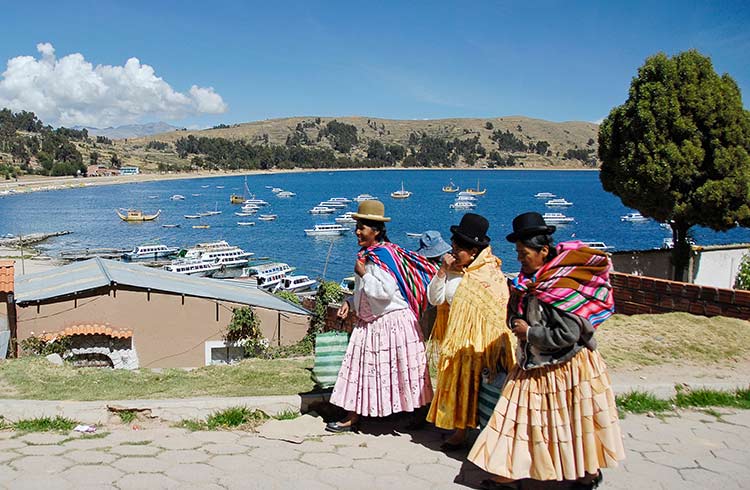 Photo © iStock/vlad_karavaev
Photo © iStock/vlad_karavaev
I didn’t know what to expect of Bolivia. I’ve read Marching Powder (a book by Rusty young about the La Paz prison), seen plenty of travelers photos of the famous salt flats, and of course planned to traverse the infamous Death Road by bicycle.
I entered Bolivia with wide eyes and I left the same way – as it turns out, the real Bolivia was just as fascinating as they say.
1. Traditional healers walk the streets
The best way to dip your toe into the bubbling cauldron of witch-doctor culture is to visit the Mercado de las Brujas (Witches Market) in La Paz. Here, ancient Aymaran beliefs are still practiced by the indigenous people.
Shop vendors sell all sorts of things used in rituals to bring health, love, wealth, and longevity, and to manipulate the spirits in the Aymara world.
Dried llama fetuses hang from the ceilings, and Bolivian families use these to make an offering (cha’lla) to the Goddess Pachamama. These are then buried under the foundations of a new home for protection. Legend has it that large building projects, such as shopping malls or apartment blocks, require a human sacrifice – though these days, it’s more likely a poor llama becomes the offering.
Today, you’ll find more camera-toting tourists than practicing Yatiris (priests) or Kallawayas (healers) here, but if you look out for women wearing black hats and coca pouches, you’ll find the yatiri culture is still alive and well.
2. They traded a huge chunk of Bolivia to Brazil... for a horse
One of Bolivia’s most infamous Presidents, Mariano Melgarejo, met delegates from Brazil in the 1860s to discuss the Treaty of Ayacucho.
As the story goes, he took a shine to a beautiful white horse that belonged to Brazil’s entourage. During that meeting, he drew an outline of its hoof onto a map on the wall, and traded that land for the horse.
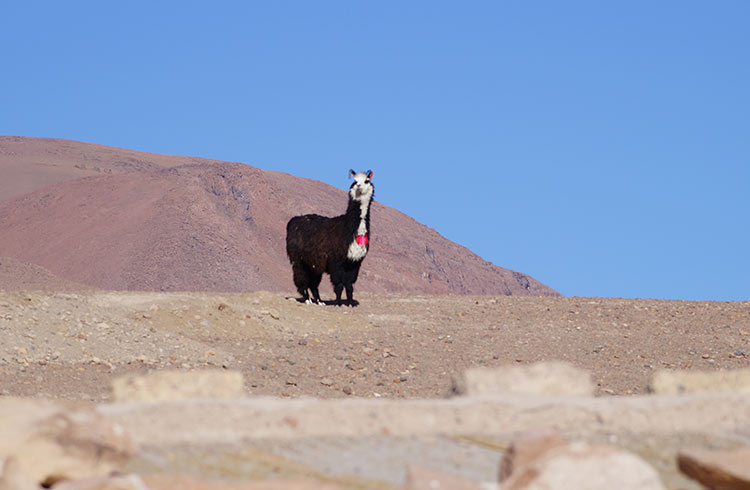
3. There are zebras to help you cross the street
At busy intersections in major cities like La Paz and Sucre, there are people in zebra onesies who help with crossing the road. They wave their arms around and make sure you get to the other side safely – and hilariously.
The Cebritas are part of a volunteer program that was launched in 2001 to help pedestrians safely cross the street – safe to say, it’s now La Paz’s most successful program for alleviating traffic-related incidents.
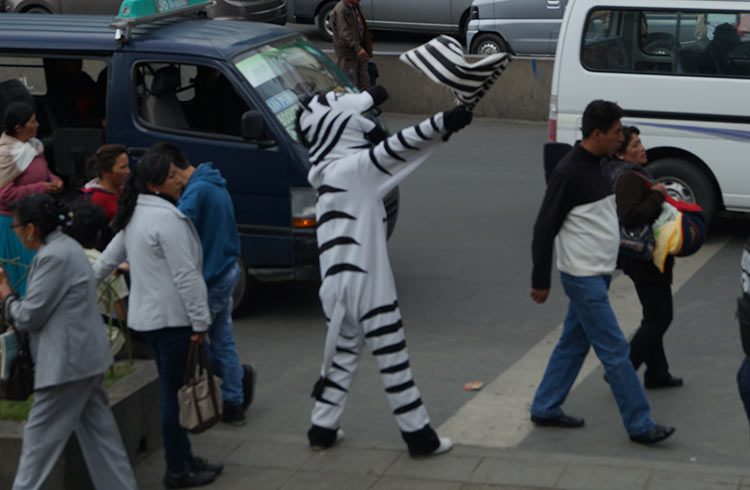
4. Time here goes backwards
A clock on the National Congress Building in La Paz runs backwards, reminding citizens to think differently.
This “Clock of the South” is a mirror image of a traditional clock. Its numbers are flipped, and the hands move counter-clockwise.
It symbolizes the Indigenous groups of the Aymarans and the Quechuans, as their unique views look at the past as in front of oneself, while the future is behind.
President Evo Morales, the first president of Aymara heritage as well as the man who commissioned the clock back in 2014, famously said that the clock also symbolizes self-expression and pride: “Who says that the clock has to turn one way? Why do we always have to obey? Why can’t we be creative?”
5. Bolivia is a multicultural country
With 37 official languages, Bolivia leads the way in South America for recognizing its original inhabitants.
Spanish and Quechua are spoken in the Andes region, Aymara is spoken in the Altiplano around Lake Titicaca, Qhiquitano is spoken in the central region of Santa Cruz, and Guarani in the southeast near the border with Paraguay.
Be sure to learn a bit of Spanish before you go to make your travels easier.
6. Cholita wrestling is a thing
Cholitas are indigenous women who wear bowler hats with braided hair. “Cholita” was once a derogatory term for indigenous or mixed-heritage girls, but it’s now come to have positive connotations as a name for the empowered, fashion-conscious, and proud women of Bolivia.
In the Latin-American sport Lucha Libre, the Fighting Cholitas are a group of female wrestlers who perform three nights a week, not only against women, but against men too.
If you’ve got nothing to do on a Sunday night in La Paz, head up to El Alto and part with US $1 to watch these tough ladies battle it out in the ring – WWF style.
Related articles
Simple and flexible travel insurance
You can buy at home or while traveling, and claim online from anywhere in the world. With 150+ adventure activities covered and 24/7 emergency assistance.
Get a quote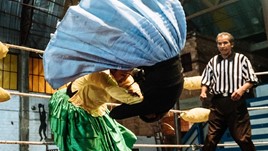
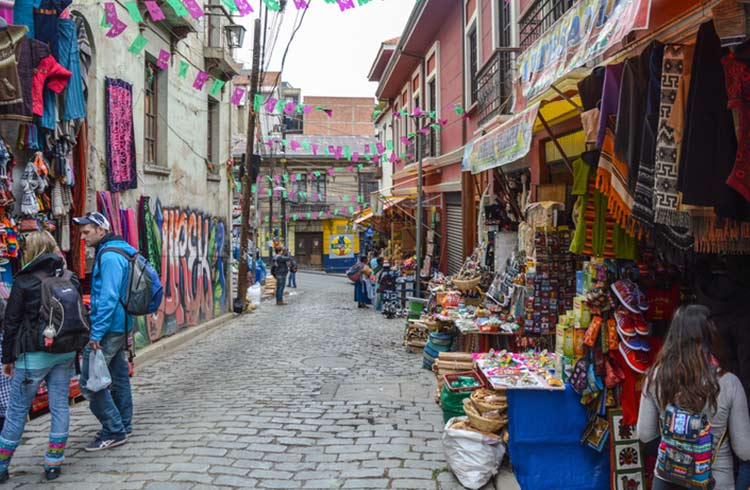
No Comments